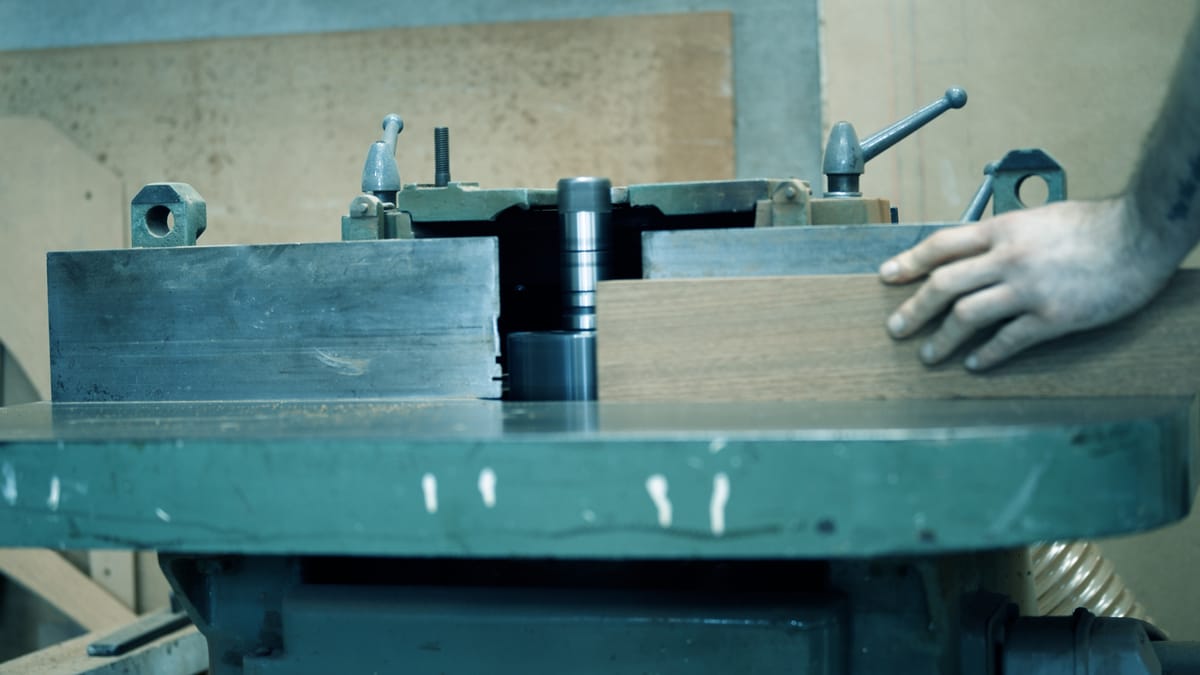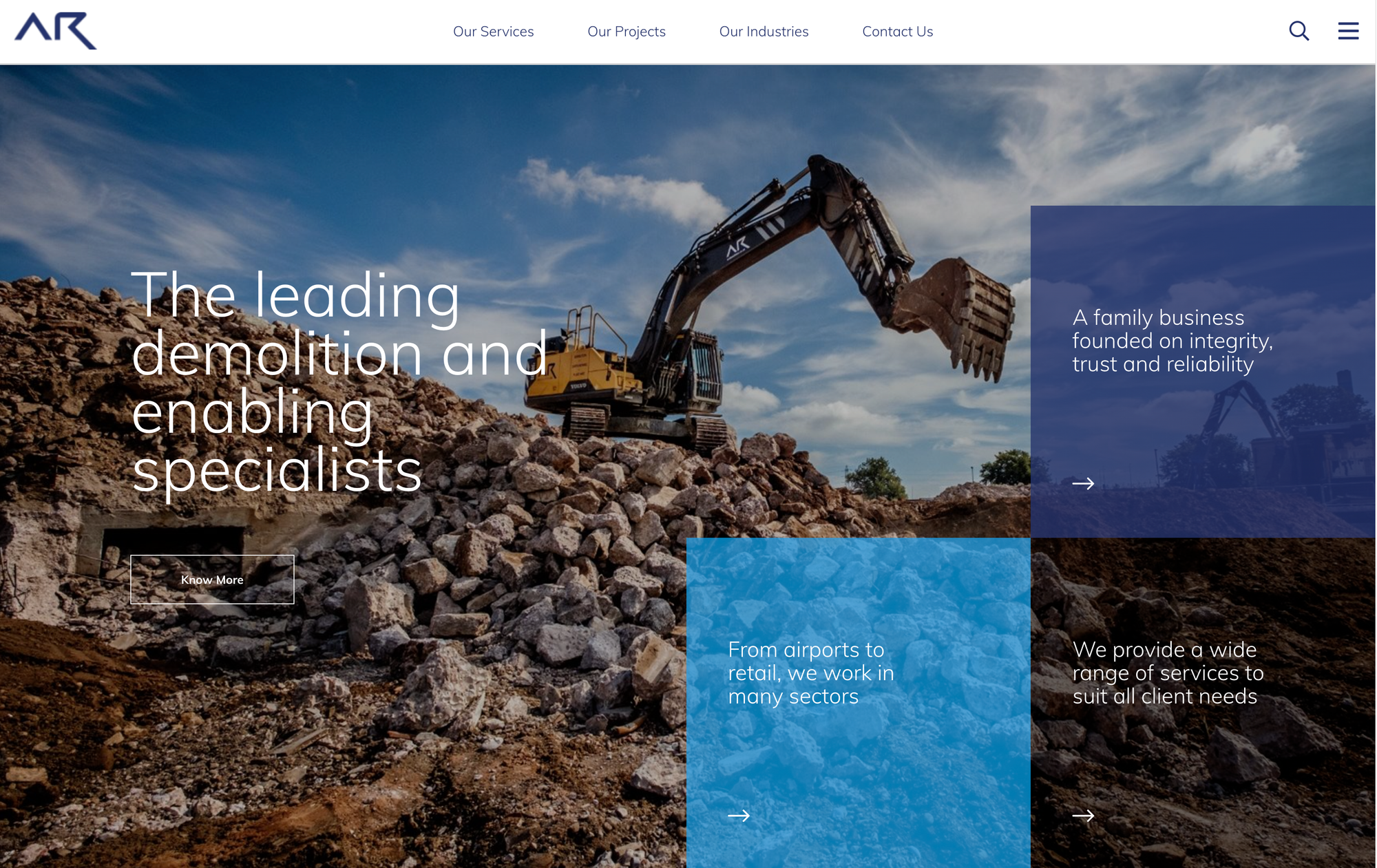Retrofit Isn't Trusted

How can we bridge the 'credibility gap'?
Greg is an amazing guy. He loves windows. He makes sash windows that get used all across the West Country.
What makes Greg different?
He can take your draughty old gap in your period building and he can make windows that look like they come from 200 years ago.
But they're double, or even triple glazed. Made not in UPVC. Made of wood.
The objection that is raised on almost every visit he makes to quote (and one was for nearly 200 windows in one project) is.
Credibility.
People can't actually believe it can be done, until they see it.
One of the biggest failures of the retrofit industry is the lack of visibility. The UK needs retrofitted heating, windows, insulation, energy sources. But it's not working is it?
A recent survey by the high profile tradespeople brand On The Tools, found that the people need to make retrofit work haven't bought in to sustainability. There was a gap in knowledge.
The findings suggest an opportunity for more accessible, widespread education on the long-term benefits of sustainable materials.
Download the full report here.
So what could companies that provide retrofit services and products be doing to bridge the gap? How do they make themselves more accessible, more credible and more attractive?
Understanding Retrofit
If you are trying to break into a market, like retrofitting in the UK, and you don't know about dark social and demand generation here's a quick 101 to get you up to date.
Let's start with some truths.
If more people understand what retrofit is and how to get it for their residential or commercial property, then more of them will buy it.
Next.
Remember Covid? That event changed the trajectory of digitisation for business. An expert in how this affected business, Chris Walker, established Refine Labs.
His podcast and associated Youtube channel is a gold mine of information detailing the steps you could be taking to build the reputation and presence of your company using methods that target the 95% of people who aren't yet interested in your product yet.
Why is this important?

Many companies waste valuable marketing and sales budgets on targeting the part of the market that are already in buying mode.
This misses the opportunity to educate and inform all the other potential customers.
Imagine this.
A person is interested in retrofitting their newly bought house using your skills as an architect/builder/heating engineer/window installer.
As they search for advice they are constantly met with 'instances' of your company providing useful, factual guidance to achieve what they want. With no sales CTA, no gated reports to sign up for (which result in a bombardment of emails on drip sales campaign).
This approach can be achieved on a micro budget.
Say you only have £20,000 for your marketing budget for the whole year? That budget could produce 26 podcasts , distributed via Linkedin and Youtube. Slice those down into micro, mini and nano sized excerpts and you'd have social clips. Even if one episode only gave you 10 clips, that's (26 eps x 10) 260 social videos for all your social platforms pointing back to informative interesting content.
Does this method work?
It works so well, that with a bit more budget you can get the industry experts Fame.so to turn you into the sales legends and industry go to in your niche.

Not got much cash? DIY video podcasts and add them to Podcast Youtube and send them to every podcast platform you can using a service live BCast.fm with one click of an upload button.
Educating the audience makes you the first, trusted choice when they come to buy.
Using the techniques of analysing what your audience responds to, qualitative rather than quantitive results - will result in laser focused demand generation that will leapfrog you ahead of your competition.
Understanding that all the work that you do needs to be shared, and shareable, will take you a step close to understanding how dark social will help you.
Trusting Retrofit
People like to see stuff working. But first.
Story time.
Over a decade ago, one company who were specialising in precise, challenging demolition and enabling work, decided to speak to their audience in a different way. AR Demolition. They used a technique which is valuable, credible and still useful today.
The case study (film).
Their search engine optimised videos still work. Try this.
Go to Youtube.
Put the search term "UK Demolition Company" in the search bar. At least 5 videos will appear from the AR Demolition Youtube channel.
Almost every single video is a step by step explainer of how their project was conceived, how it was made to work, and what result they achieved.
It's impressive stuff, print machines recovered from inside a factory, using crawler cranes. Dairy machinery extracted and recovered to be reused overseas.
And they never hired a marketer in 10 years.
If you want to propel your retrofit business, get case studies, get them and make them easy to find, easy to watch and easy to share.
Case studies are the rocking horse unicorn poop of the marketing world. Go hunting.

Selling Retrofit
Retrofit suffers from an image problem. It's associated with backward thinking. Retro.
But let's not be too hard on the sector. Like EV's and the need to make them less about fires and more about stopping the world burning.
Retrofit needs to be seen as the safe, affordable (in time...) and best decision for your average person. That will take time and better marketing.
So that's the latest part of the credibility gap. Let your customers do the selling.
That's right.
Testimonials.
Get them. As many as you can. Don't pick the quirky, 'interesting customer' who did a radical retrofit mega project.
Get a well interviewed testimonial representing the target demographics you want to win over, then rinse and repeat that process until very possible 'buying persona' you want appeal to is represented in your sales funnel.
Nobody sells your product or service better than a customer, one who tells the story of what they needed, how they found you and what you did to make things alright.
Credibility comes over time. Which we don't have if we want to reposition the UK economy as a market leading, carbon neutral, retrofit and refurbishment centre of excellence.
Getting more people to know trust and buy into retrofitting is achievable.
If you have the right tools and do the work.
